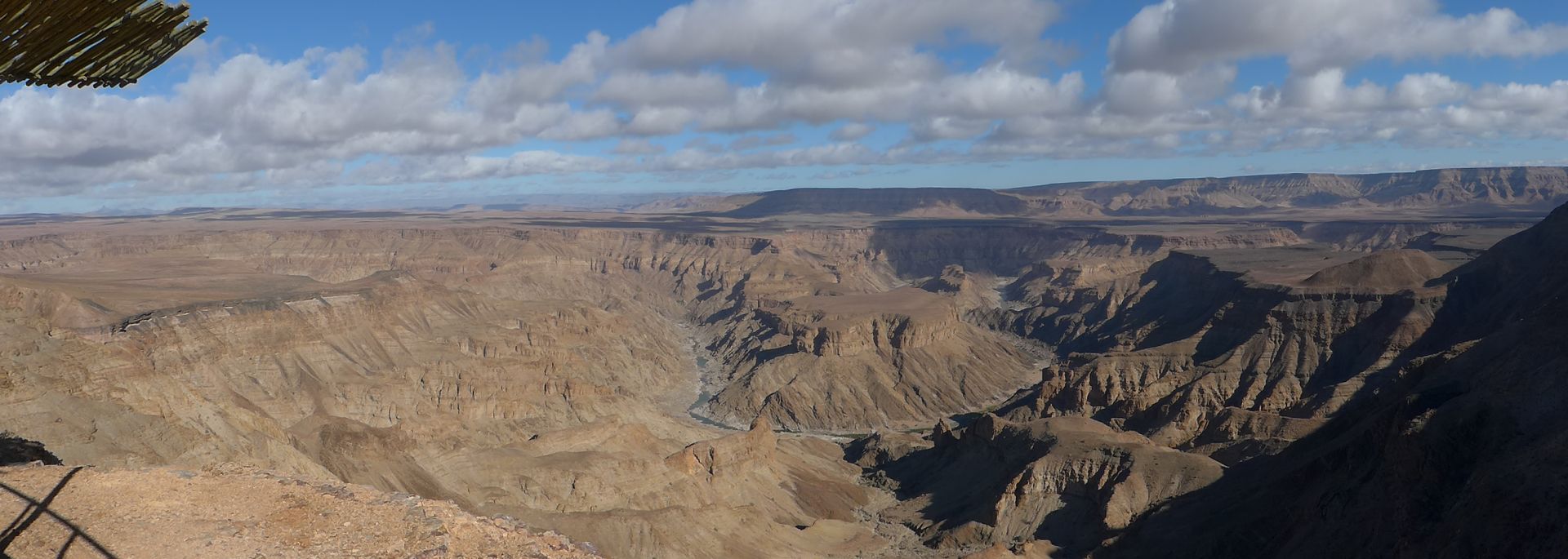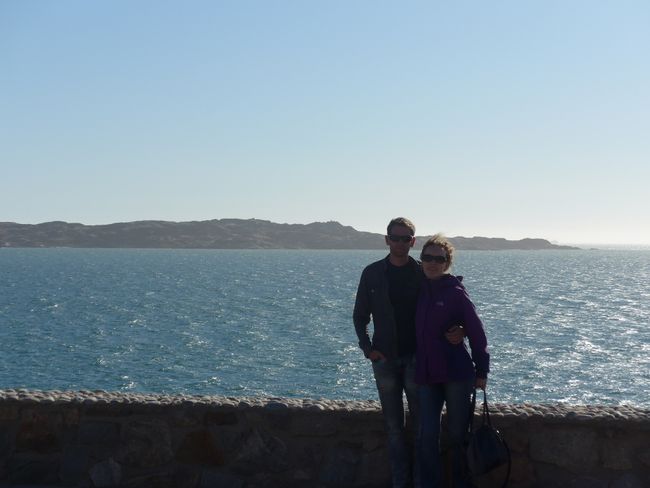Abu Simbel to Aswan (Egypt Part 3)
Objavljeno: 09.04.2018
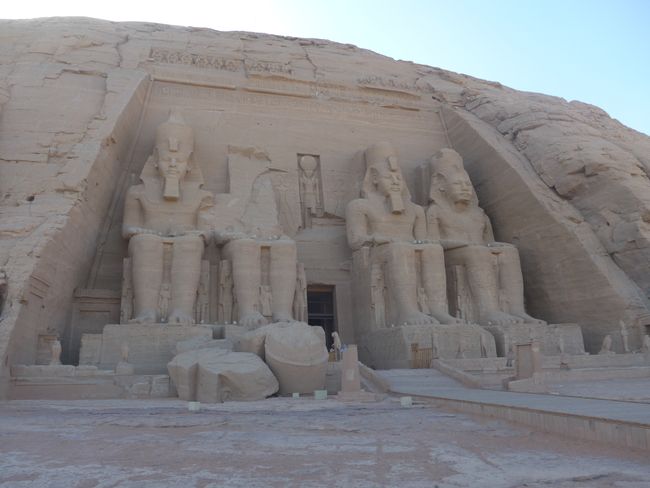
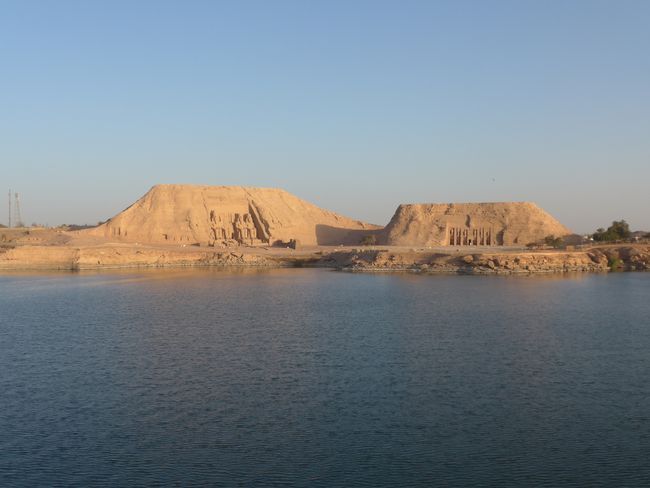
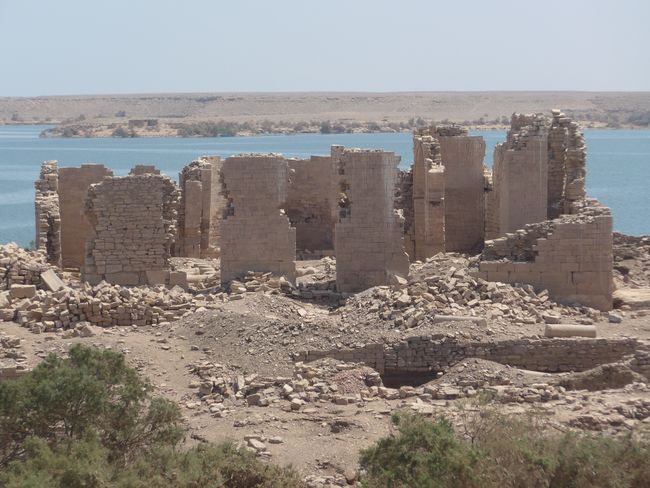
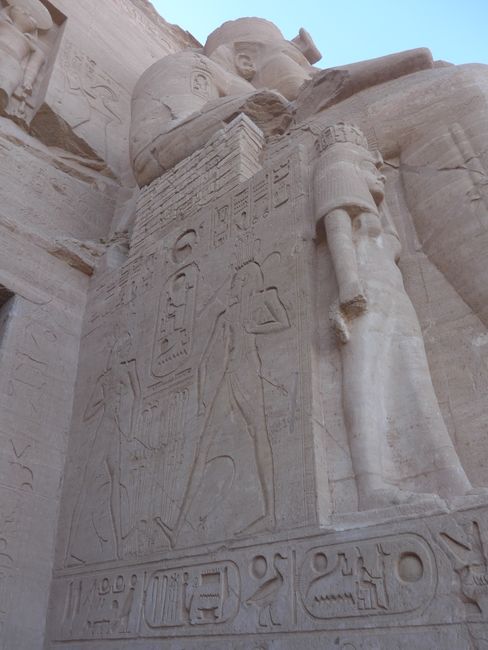
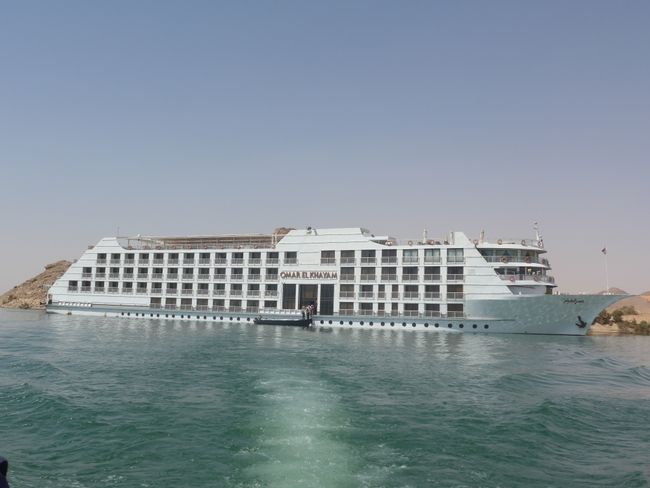
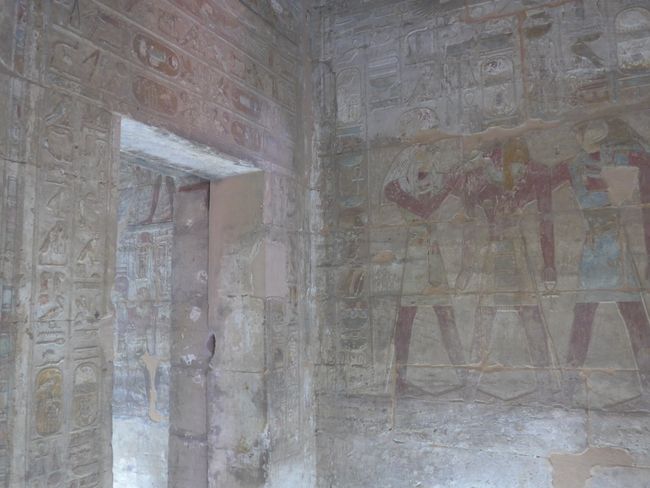
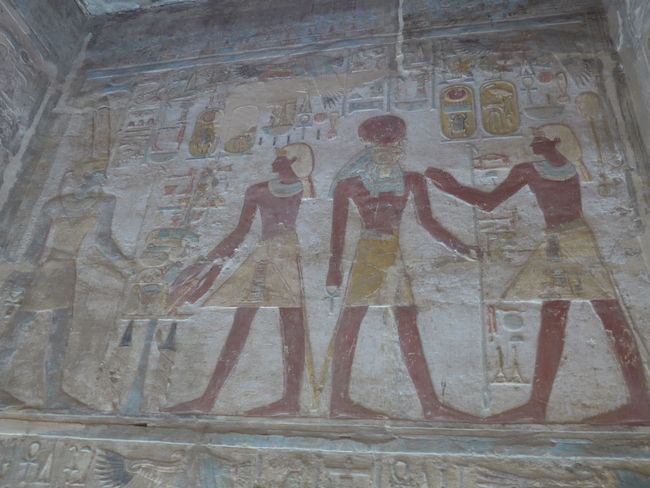
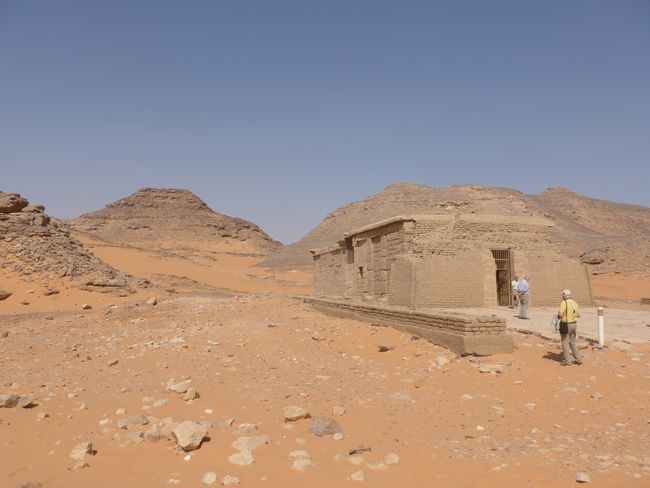
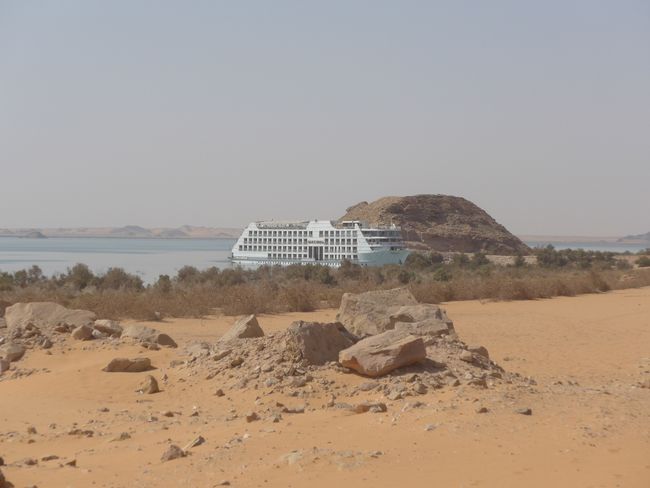
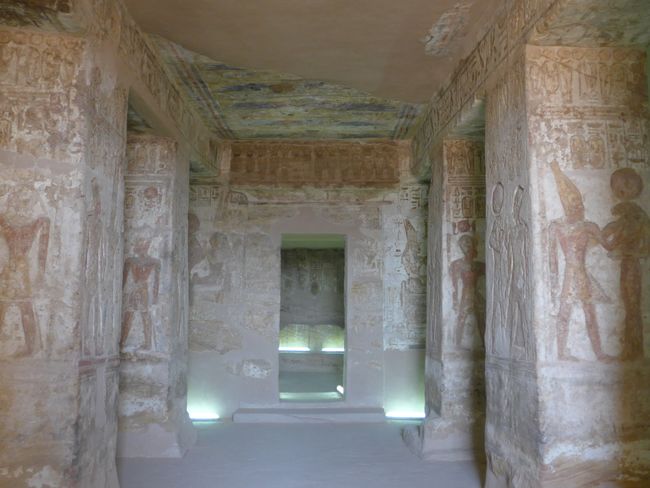
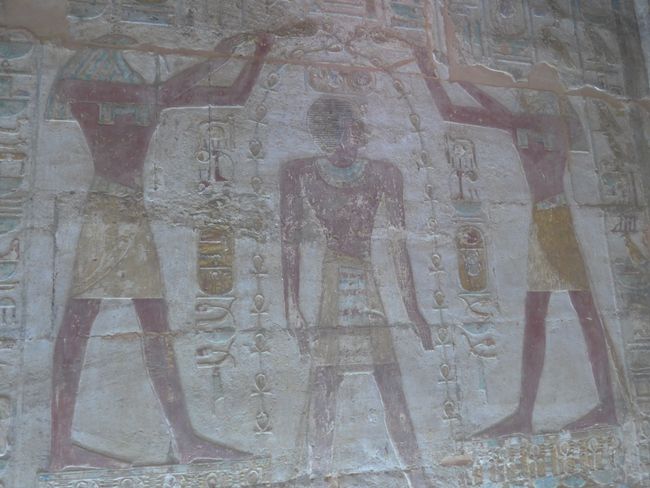
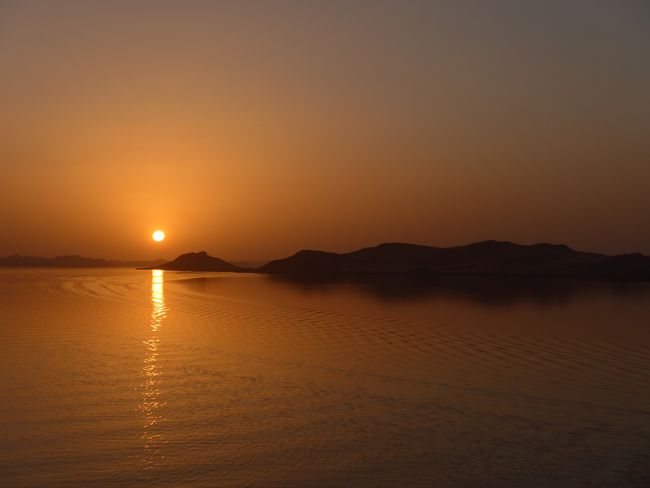
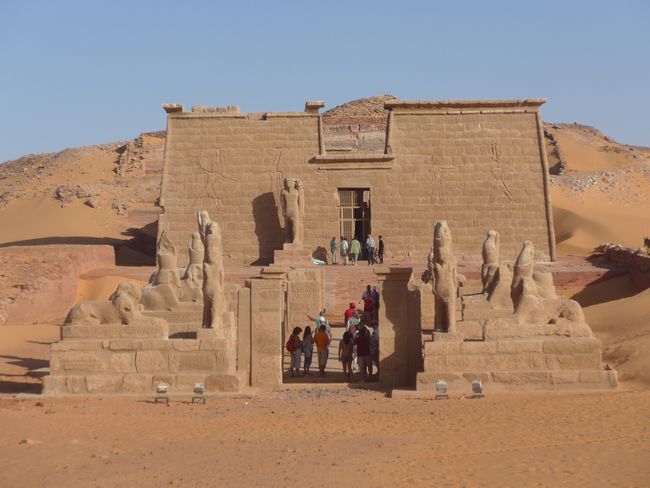
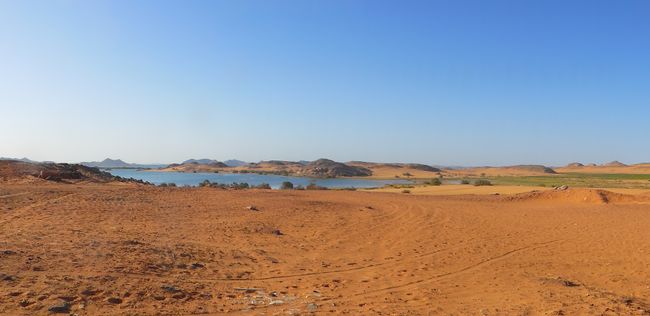
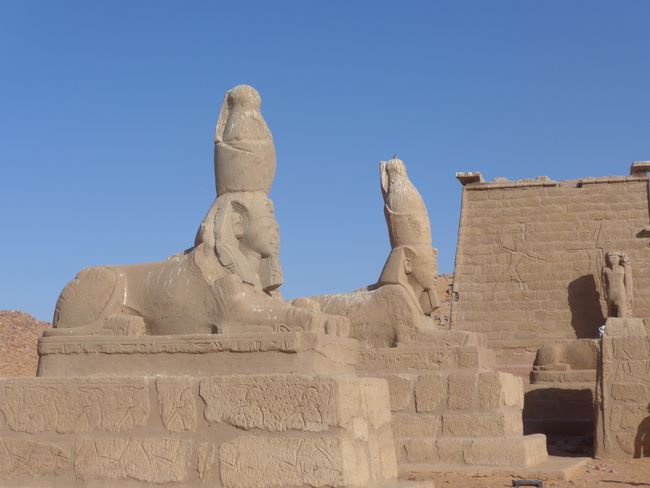

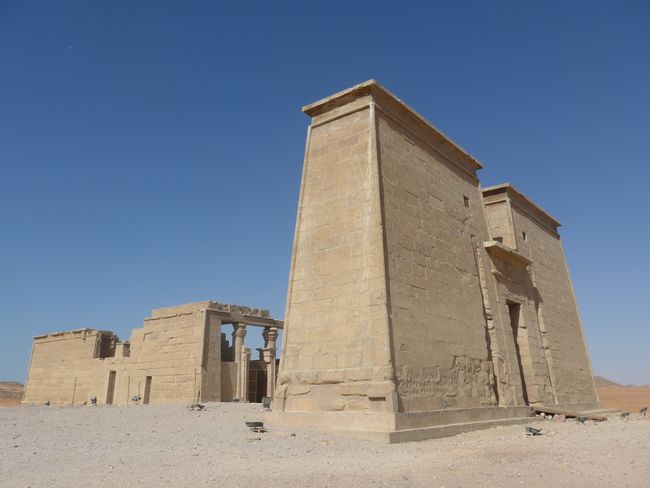
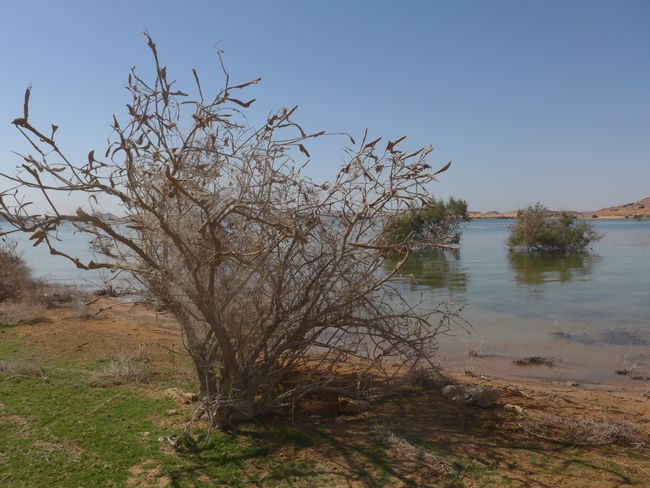
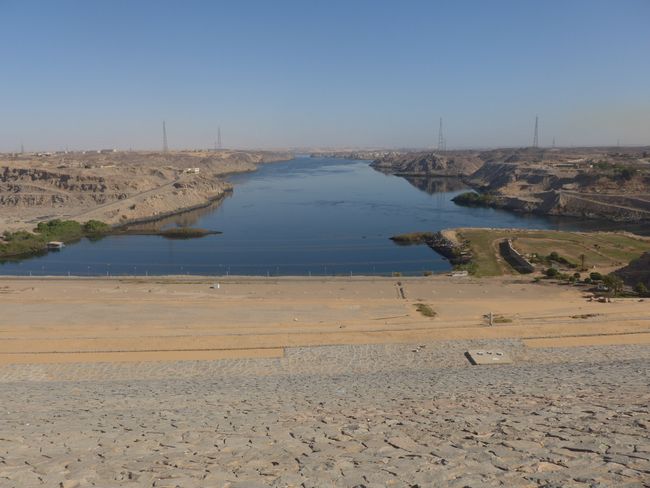
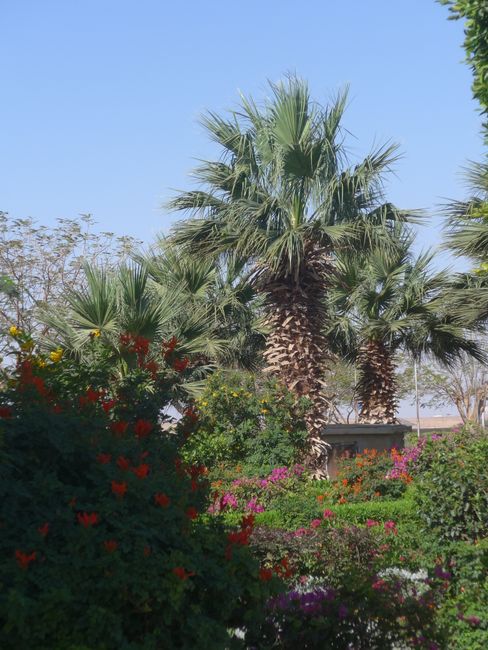
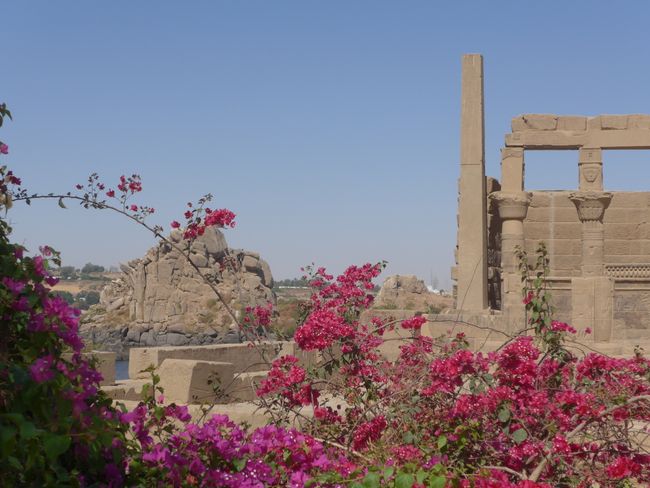
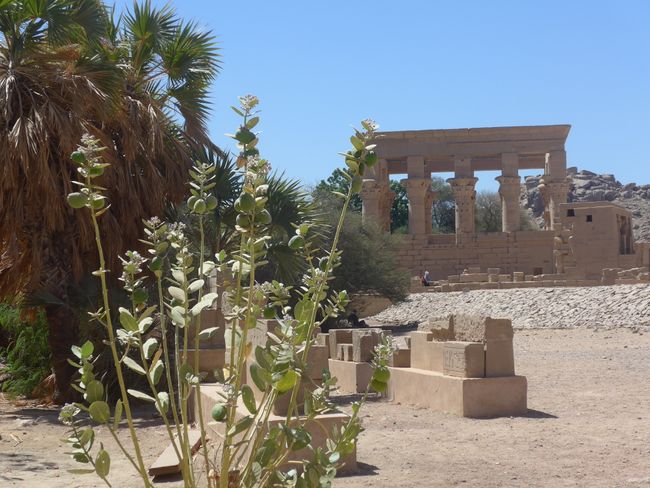
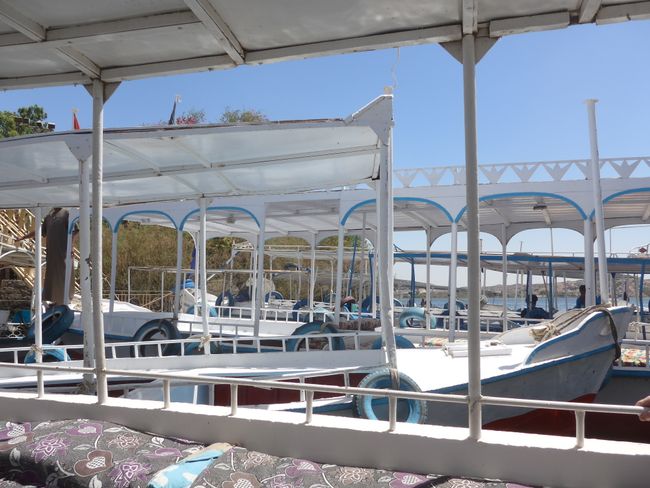
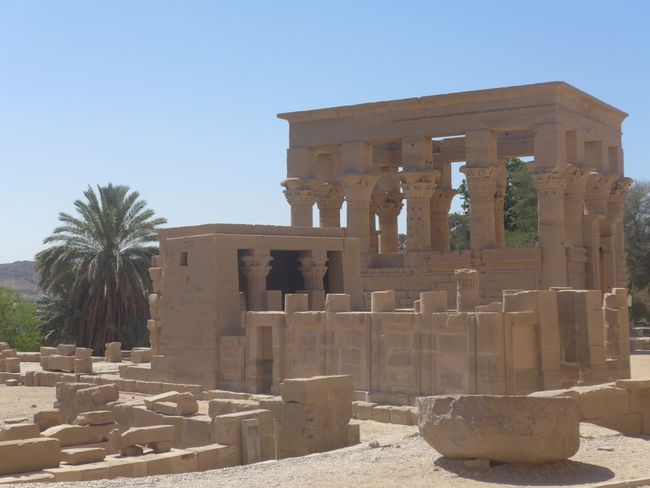
Pretplatite se na bilten
Our cruise with the 'Steigenberger Omar El Khayam' on Lake Nasser, booked with Nicko-Tours, started in Abu Simbel, where we flew from Cairo with a stopover in Aswan.
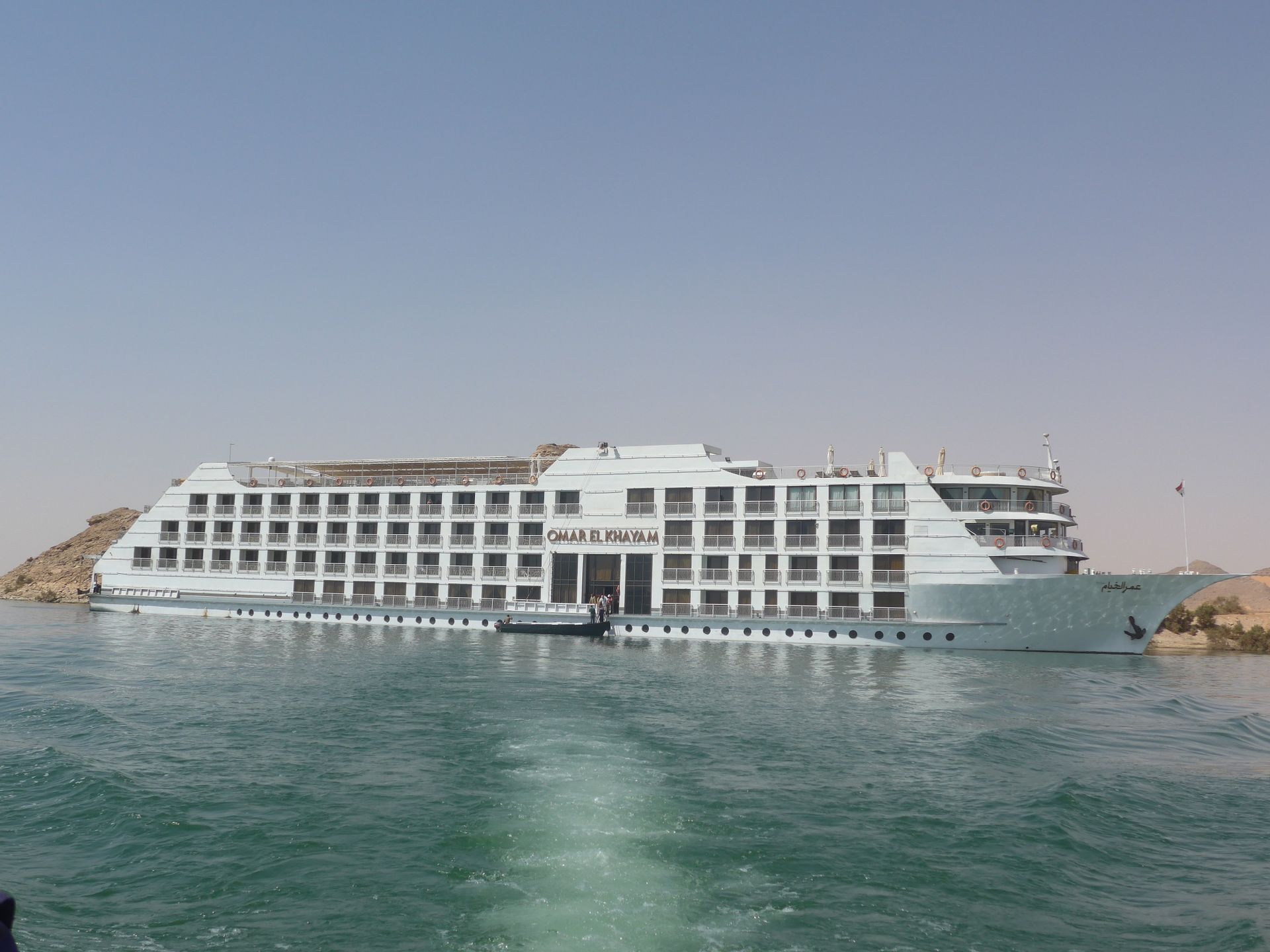
our ship, the 'Steigenberger Omar El Khayam'
In the afternoon, we were able to visit the temple complex in Abu Simbel. Particularly impressive was the temple of Ramses II, where he depicted himself as a deity and immortalized himself in stone.

Especially when standing right next to the 20-meter high statues, one became aware of their enormous size.
The temple complex was originally located at a different site and was moved to save this cultural site during the construction of the Aswan Dam. In the structure, you can still see the cuts that were made to transport the temple.

Inside the temple, you can still see painted reliefs that are over 3000 years old and remarkably well-preserved. You can see the depiction of various deities, inscriptions, and the builder Ramses II, who depicted himself as a deity.

Early the next morning, the ship set sail so that we could see the sunrise at the Temple of Abu Simbel from the water.
Then we could relax on the sundeck until we reached 'Qasr Ibrim' late in the morning. This was a former fortress and the only cultural site that was not moved and is now located on an island in Lake Nasser. Our tour guide told us that it is getting smaller and smaller because the monument is still being plundered today.

Qasr Ibrim
In the early afternoon, the ship stopped at Amada. There were no direct docking options, so disembarking had to be done using small motorboats. To get ashore, a wooden board was placed from the ship to the land, and two employees held a rod as a railing. This way, we reached the path that would lead us to two temples and a tomb in the scorching midday sun.

Since the temples were moved for the construction of the dam, usually one temple was only moved to a higher location and additional temples were added, so that we could visit three sites at each stop.

The Amada Temple is particularly distinguished by well-preserved reliefs with paintings. To preserve them, it was not dismantled but transported in one piece on rails.
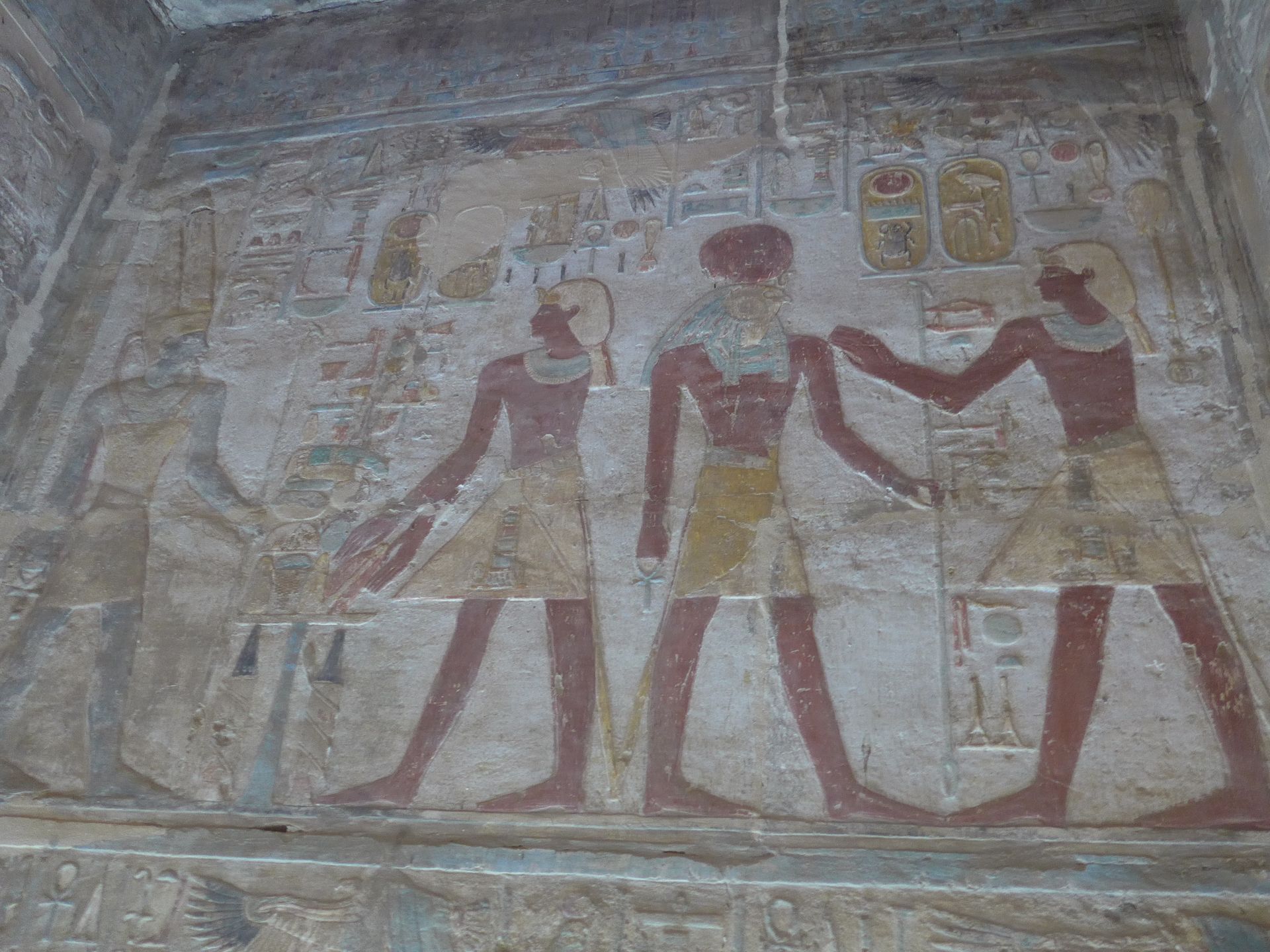
Then we continued to the rock temple of Ed-Derr from the 13th century BC, which was built under Ramses II. In the sanctuary, Ramses once again depicted himself alongside the gods - he certainly lacked self-confidence.

We returned to our ship via a narrow bridge and a motorboat, escaping the hot sun. The next day, we didn't have to sweat in the afternoon sun, but we had to get up before 6 a.m. in order to visit the temples in the 'Valley of the Lions' (Wadi es-Sebua) at cooler temperatures.

Temple of Wadi es-Sebua
The valley got its name because of the lion sphinxes (now we also learned the plural of sphinx), which lined the first courtyard of the temple for Amun and Re-Harachte.
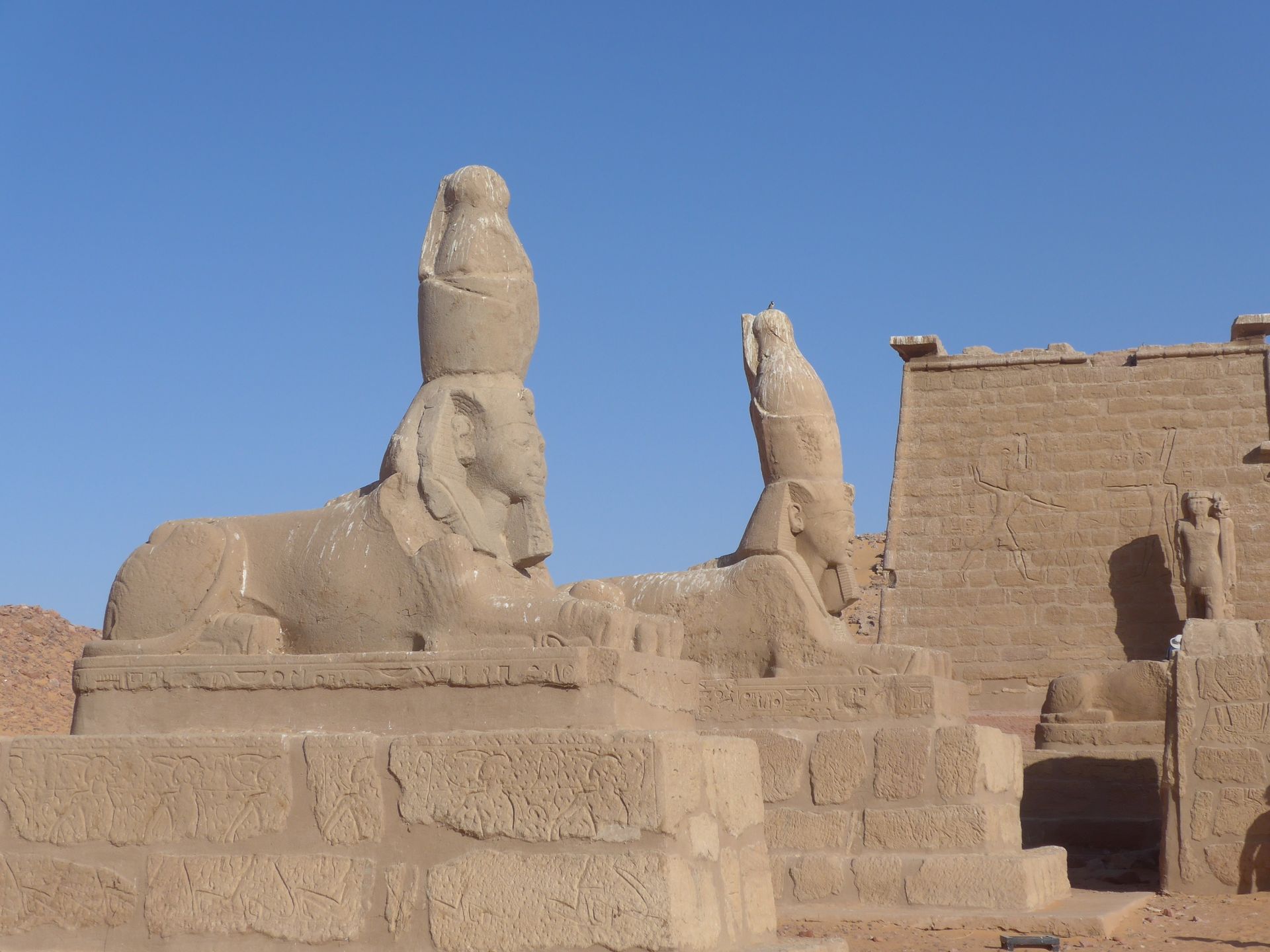

We spent the rest of the day relaxing on the sundeck, enjoying the passing landscape at around 30°C.

This part of our cruise ended in Aswan, where early in the morning (there was no sleeping in on this vacation, which was actually quite good considering the temperatures) we set off for the dam.

Park at the Aswan Dam
We were able to drive across the new dam, which was built from 1960 to 1971. The entrance and exit were guarded by the military, and photography was prohibited.
In general, we noticed the presence of police and military personnel in Egypt. We also had armed guards accompanying our group on the Nasser Lake excursions.
On the old dam, which we later drove across, photography was completely forbidden.

View from the Aswan Dam
We then took a boat to the Philae Temple, which was relocated to the island of Agilkia due to the construction of the dam. It had been in the water for a long time after the old dam was built. Now, however, the impressive temple complex is open to the public again. It took over two years to relocate the 37,363 stone blocks. The oldest parts date back to the 4th century BC.

Motorboats for tourist transportation
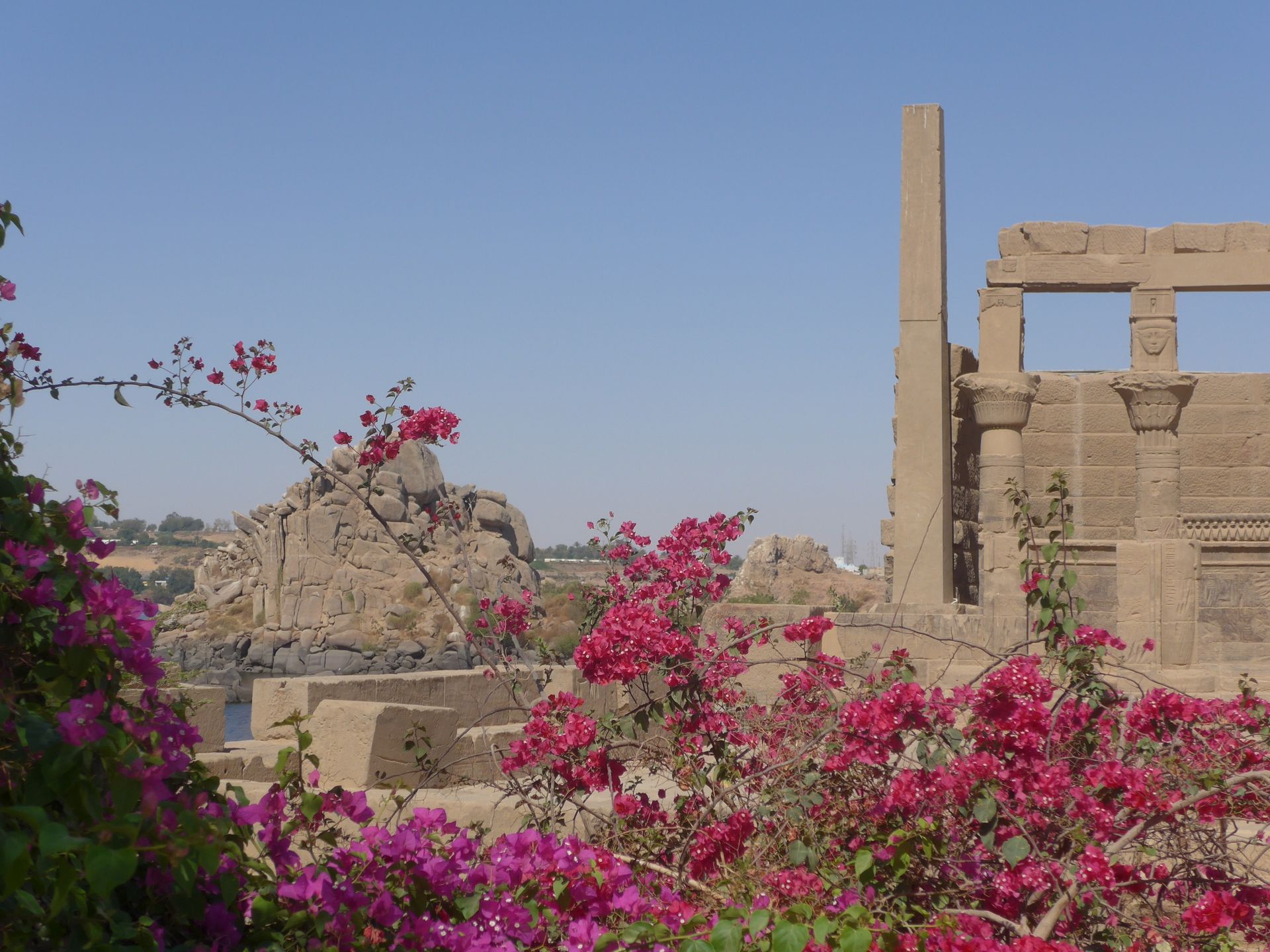


Philae Temple
Pretplatite se na bilten
Odgovori
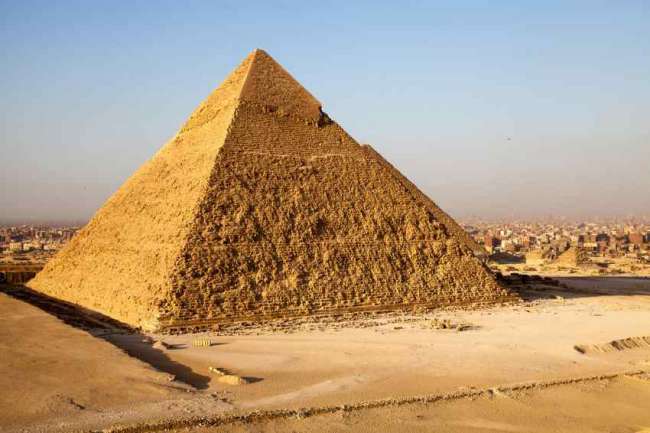
Izvještaji o putovanjima Egipat
